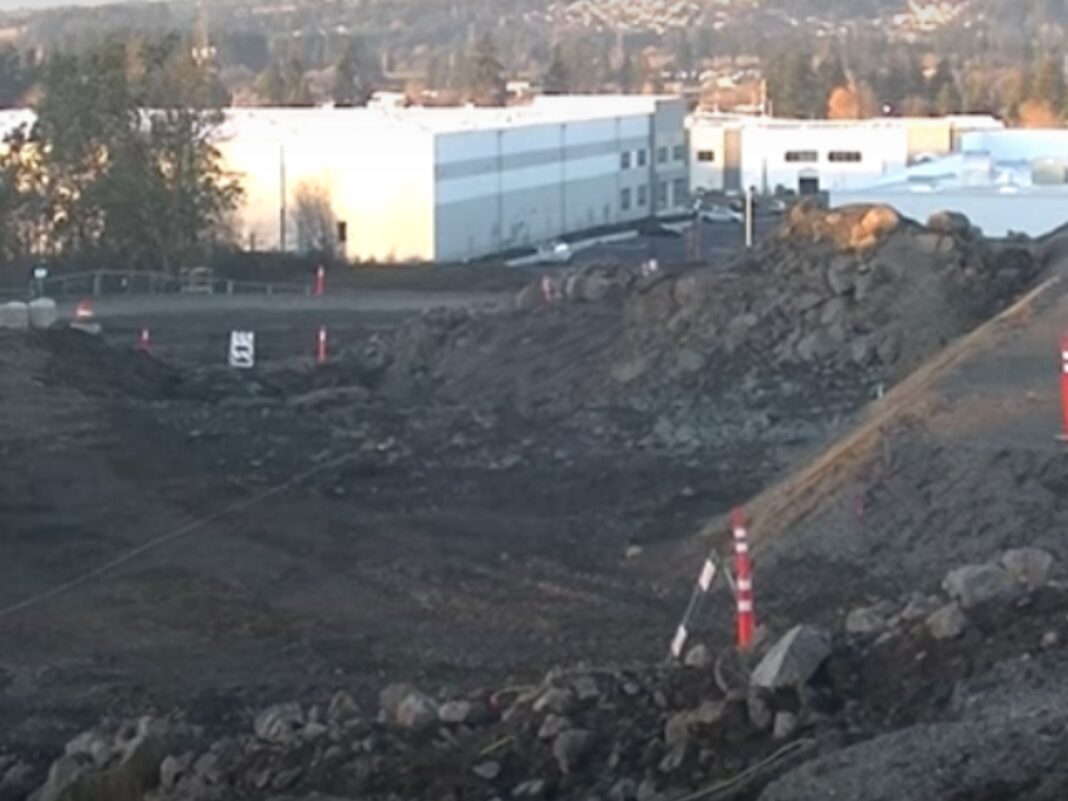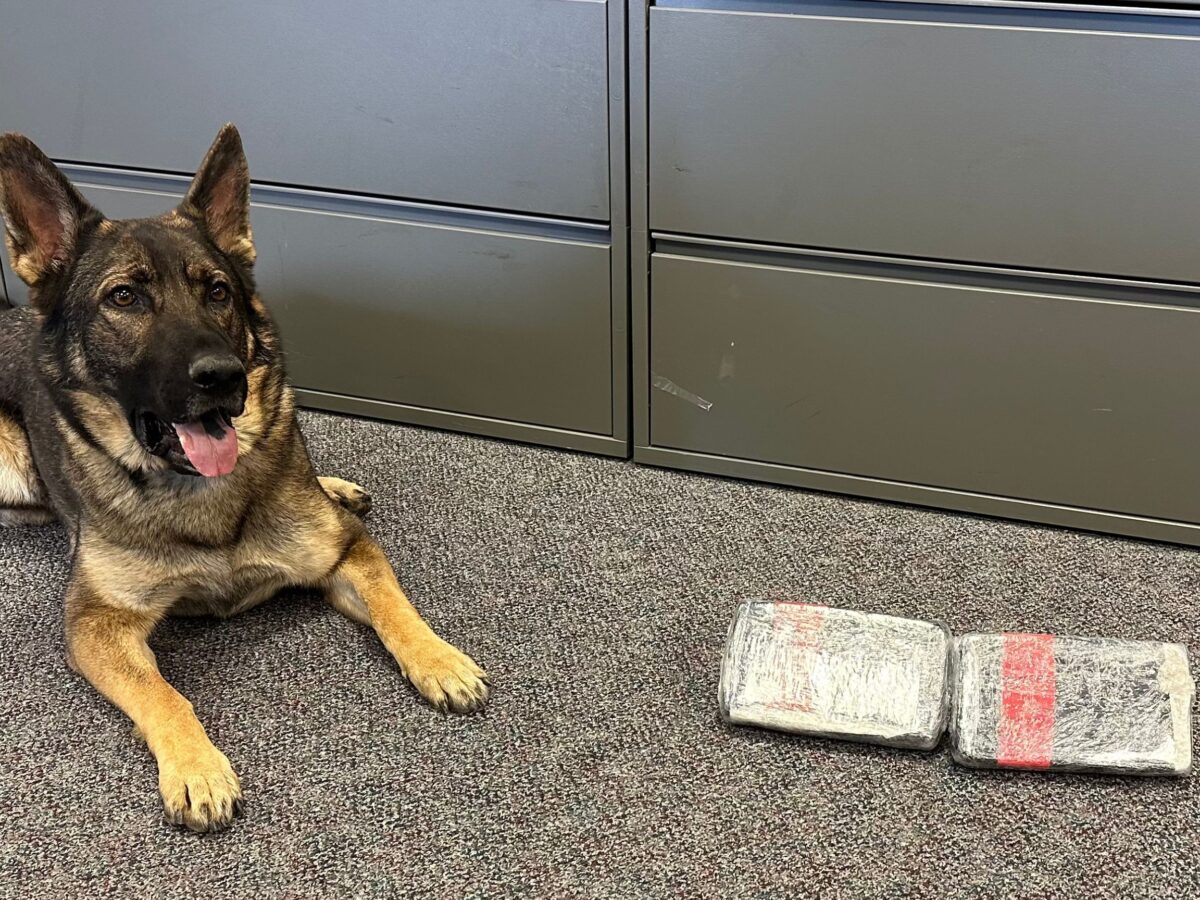While the upper-Tualatin River will continue to be Hillsboro’s primary water source, the City of Hillsboro is partnering with the Tualatin Valley Water District (TVWD) and the City of Beaverton to build a new, additional water system that will collect, treat, and deliver water from the Willamette River in Wilsonville to customers by 2026.
Design and construction of the new Willamette Water Supply System (WWSS) is underway, and includes building:
- A water intake — or a pipe — that pulls water from the Willamette River at Wilsonville
- A state-of-the-art water treatment plant in Sherwood
- Reservoir facilities in Beaverton
- More than 30 miles of large underground water pipeline spanning from Wilsonville to Hillsboro
The WWSS water treatment plant is under construction in Sherwood. The plant will be a state-of-the-art system designed to produce 60 million gallons of drinking water each day (and expandable to 120 mgd) that meets current and future drinking water regulations.
The plant site is located on a shelf of thick, basalt rock, which makes for an especially seismically stable building site. Watch contractors use intensive rock blasting operations to grade the site.https://www.youtube.com/embed/LWnvFMtRNoY
Focus is now on constructing the seismically resilient concrete building foundations and walls. A large tower crane and other smaller cranes are on-site to help with the ongoing concrete work and future equipment installation. Heading into the second half of the year, the $420 million water treatment plant project is approximately 15% complete.
The plant will utilize seven steps to produce clean, high-quality water:
Step 1: Intake
Raw — or untreated — water from the Willamette River will flow through intake screens, which protect fish and prevent debris from entering the treatment plant.
Step 2: Enhanced Coagulation and Sedimentation
Raw water is then treated with a coagulant and enters the actiflo process, which removes turbidity and other contaminants.
Step 3: Ozonation
Water is infused with ozone, which kills bacteria, viruses, Giardia, Cryptosporidium, etc., breaks down organic chemicals and taste/odor causing compounds, and enhances removal of organic material by the filters. After bubbling through the water, the ozone quickly decomposes into harmless oxygen gas.
Step 4: Granulated activated carbon filtration (GAC)
Disinfected water passes through GAC filters which effectively trap, absorb, and remove turbidity and dissolved organic molecules.
Step 5: Sand Filtration
Water then flows vertically through a fine bed of sand, which removes any remaining silt or particles.
Step 6: Ultraviolet (UV) Disinfection
UV is then used to destroy illness-causing pathogens in the filtered water. UV disinfection is an environmentally friendly disinfection method as it is a chemical-free process and creates no byproducts.
Step 7: Chlorination
During the last step, filtered water is treated with chlorine — protecting the water as it travels through the distribution system — before it is pumped to the reservoir facilities on Cooper Mountain, then gravity-fed to additional storage and customers in the Hillsboro, TVWD, and Beaverton service areas.







